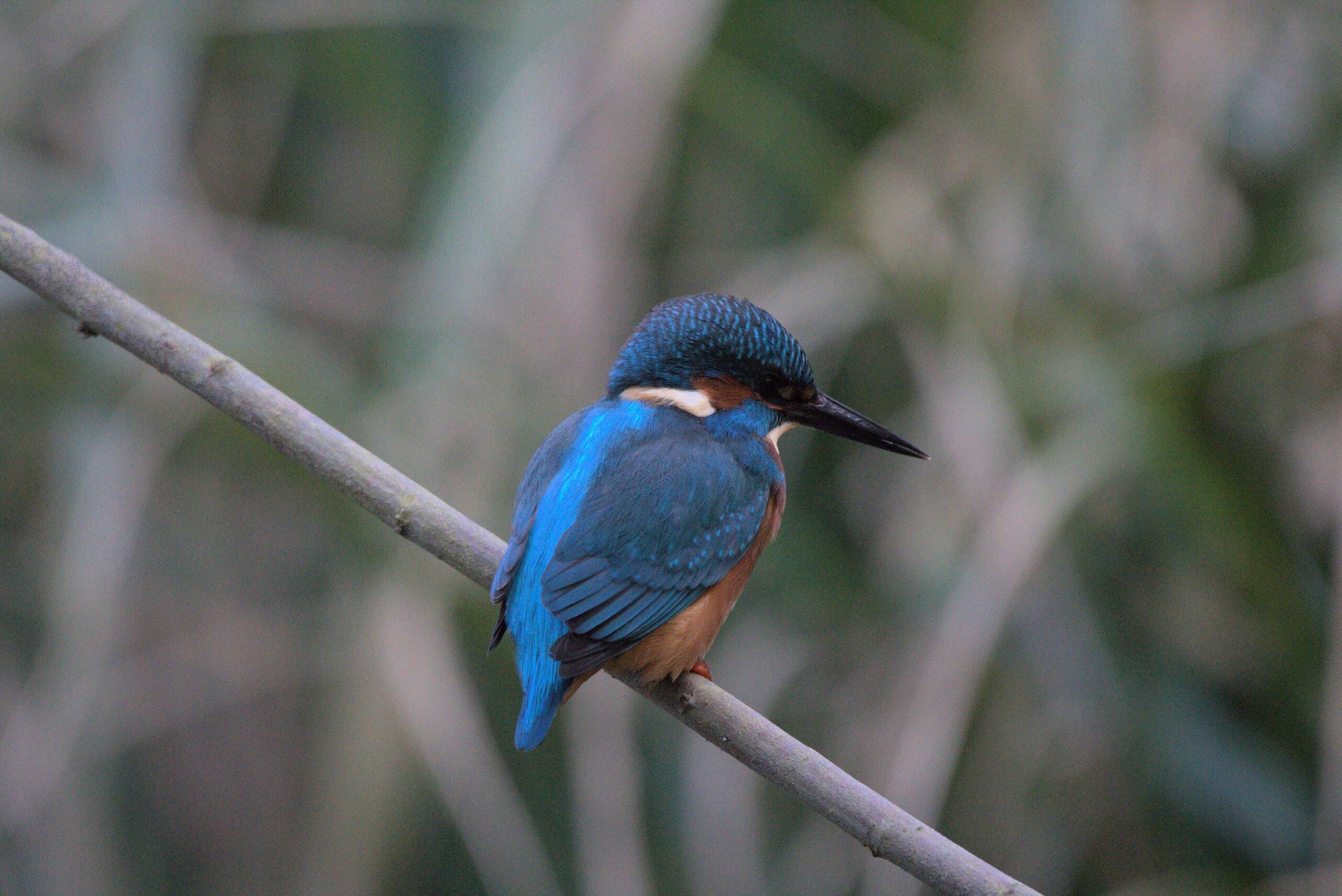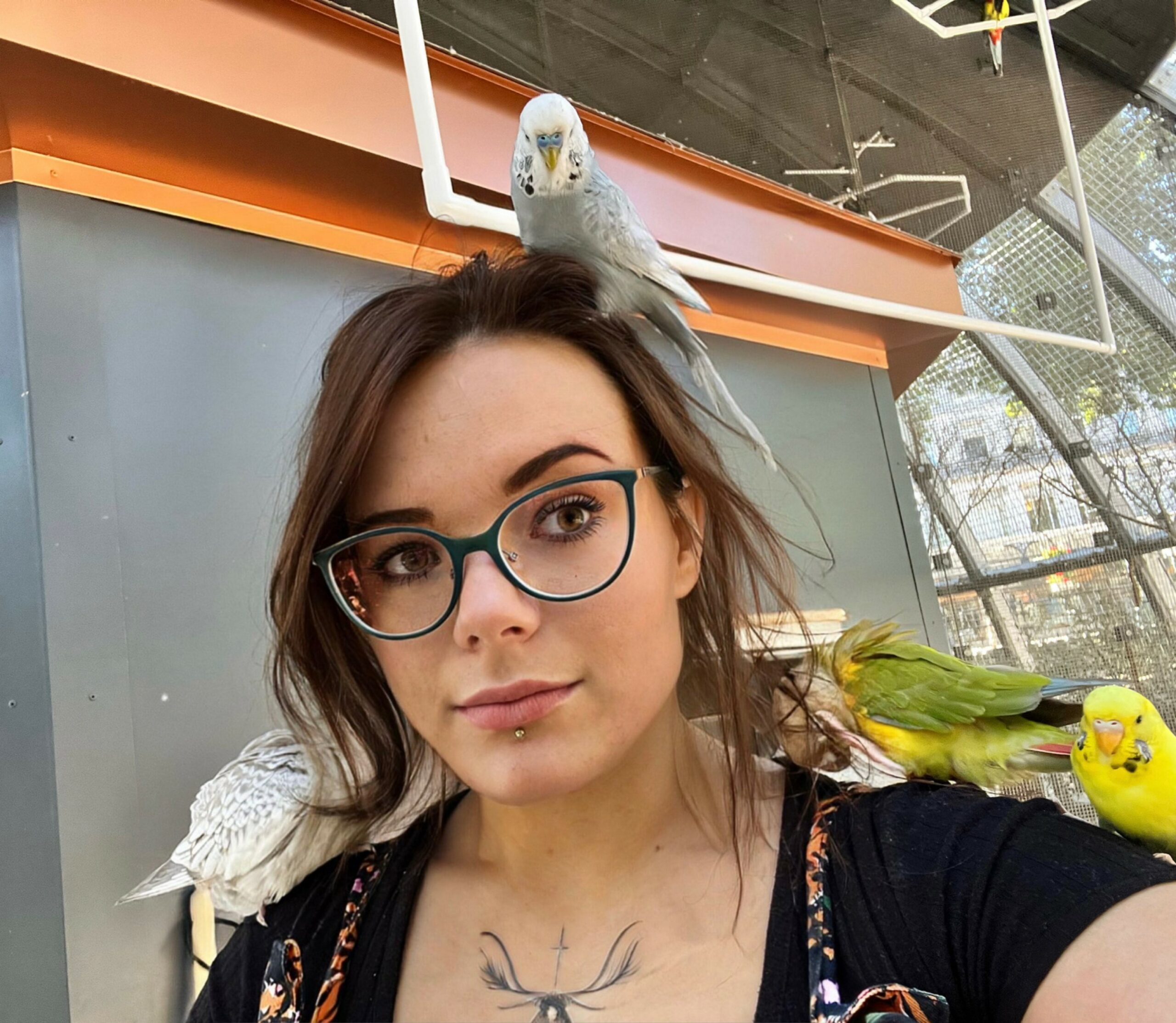DO’ing something different

Kingfisher by retired CLO, Keith Dickinson
Retired contact lens optician (CLO) Keith Dickinson is a keen birdwatcher and photographer.
“I got into birdwatching at the start of the 1980s, the year before I entered optics,” says Keith.” I was unemployed and used to walk through the local park and woods and started to notice that some of the birds weren’t robins, sparrows or blackbirds. I borrowed my dad’s binoculars and bought a field guide and from then I was hooked.
“Birdwatching fitted in well with my CLO work as for a number of years I was a mobile CLO, and often I was able to visit sites before or after work. Having a midweek rest day meant I could go birding without any family issues, other than always being on hand to collect the children from school.
“Since retirement, I have started to discover some of the local footpaths and so my wife and I will walk those regularly. I get a bit of stick as I usually bring either the binoculars or my camera gear.
“Photography started even before I worked in optics, I had a camera of sorts in my teens. Film though is an unforgiving medium, and I gave up for a time after getting too many slides where tiny things were wrong. I bought my first digital camera in the 1990s, a point and click one. In the 2000s, I bought a bridge camera and about five years ago I bought my first DSLR.
“The highs are getting shots of a bird doing something you haven’t seen before, being able to confirm the ID of a species after the event. There are always shots that didn’t come out as expected, out of focus or point of focus in the wrong place.
“The challenges are getting into the right place to take a good photo. Often a bird will be slightly obscured by a twig or a leaf. You then have to try and change location without scaring the bird, which takes time and field craft. You have also to be aware that the bird should not be stressed by your actions. If the bird doesn’t like your presence, then you have to back off.
“I enjoy being outdoors, being able to make observations that can benefit science. My sightings are uploaded to British Trust for Ornithology [BTO] Birdtrack website so that the BTO can use the information in their work. I survey, or count, the wildfowl at Roundhay Park in Leeds every month as part of the BTO Wetland Bird survey.”
If Keith has inspired you to give birdwatching a go, he says: “I would advise you to look out for birding events in nearby parks, nature reserves and so on. These are great ways to meet like-minded people, who will be able to give them advice and encouragement. The majority of birders are keen to help a newbie, we were all newbies once. There are sites on social media devoted to various aspects of birding which can also help. The RSPB has local members groups which will hold regular meetings and field trips which again are most welcoming of new faces.”
Pieces of eight

DO April Brown volunteers at a parrot rescue
Dispensing optician April Brown of Kelly Eyecare volunteers at a local parrot rescue. Describing how she started, she says: “I have always loved birds, and have had my own parrot as a pet for four years. I live about two miles away from the aviary, and during the first lockdown I spent nearly every day using our exercise time to walk to and from the aviary. I enjoyed spending my time there so much I thought I’d reach out and offer my day off to volunteer there.”
April works Tuesday to Saturday as a DO and practice manager, and spends Mondays at the aviary.
Talking about the challenges of the role, she says: “Birds can’t communicate how they are feeling so you have to work out their emotions and their mood. As all of the birds in the aviary have also been donated from people unable or unwilling to look after them anymore, it can also affect how the birds act around humans. If you get it wrong, you can get bitten. It is also a huge time commitment, as I like to spend my time not just looking after the birds, but educating the members of the public visiting the aviary on the different species, their names and their personalities, which takes time.”
There are lots of plus points too for April. She adds: “The birds are so interesting. There are a few in the aviary that talk. One that likes hanging upside down off your clothes, one can mimic a fire alarm and they all have such unique personalities. I love being able to educate members of the public on why birds are so wonderful and make such amazing companions, but also to advise them of the reality of being a bird owner before they think of getting one as an easy pet.
“Most of all, it is really rewarding to watch them flourish with other birds of their own kind, especially when you think some of them came from homes that never let them out of a tiny cage.”
Are you DO’ing something different? Email achitty@abdo.org.uk